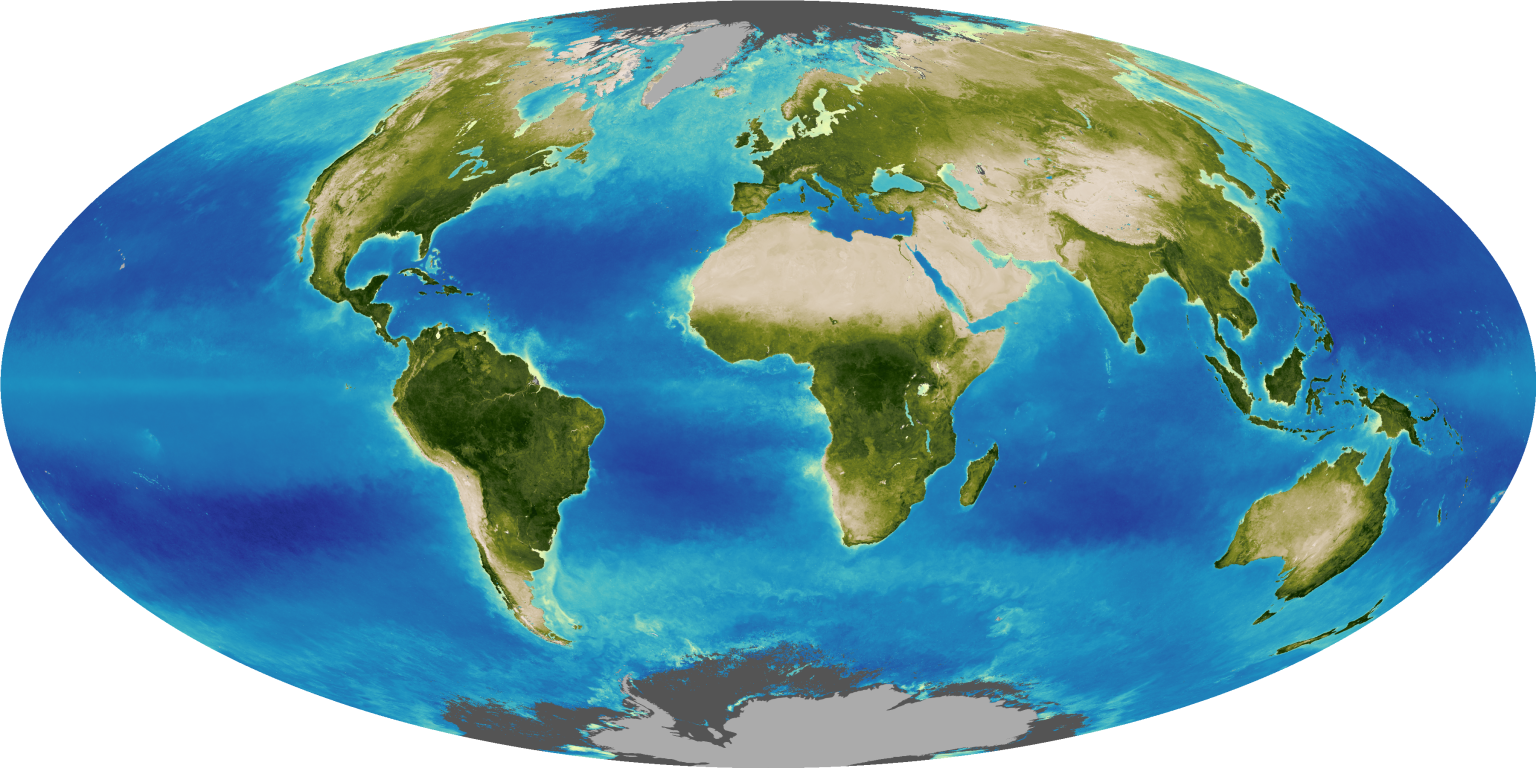Is the ozone hole causing climate change?
Yes and no. The ozone hole is basically a human-caused hole in the ozone layer above the South Pole during the Southern Hemisphere’s spring. The ozone layer, which lies high in the atmosphere, shields us from harmful ultraviolet (UV) rays that come from the Sun. Human activities effectively punched a hole in it, through the use of gases like chlorofluorocarbons (CFCs) in spray cans and refrigerants, which break down ozone molecules in the upper atmosphere.
While some extra UV rays slip through the ozone hole, their net effect is to cool the stratosphere more than they warm the troposphere. (Learn more about Earth's atmosphere here: https://climate.nasa.gov/news/2919/earths-atmosphere-a-multi-layered-cake/.) So, this increase in UV rays cannot explain the warming of the planet's surface.
The good news is many governments recognized the danger CFCs posed on Earth’s ozone layer, and international agreements were made and acted upon in the 1980s to reduce the production of CFCs. Furthermore, these chemicals were replaced by hydrofluorocarbons (HFCs).
Since the 1990s, surface UV levels have been relatively stable, and ozone hole recovery has contributed to less surface UV than expected. However, while HFCs have helped the ozone layer recover, they still cause some harm, resulting in the area reforming more slowly than once thought. Ozone holes still form regularly in Antarctica.
While scientists expect the ozone hole to recover over time, there are still many natural forces affecting its progress. For example, given the long lifespan of ozone-depleting chemicals in the atmosphere, it will take decades for the hole to return to pre-industrial levels. The latest data from NASA satellites show that our ozone layer is recovering and that a short-lived resurgence in the emission of ozone-depleting pollutants in eastern China will not significantly delay the revival of Earth’s protective “sunscreen” layer.
In summary, negative changes in the ozone layer are being offset by positive changes in human behavior, allowing the ozone layer to reform. The role the ozone hole itself plays in global warming and the resulting climate change is small compared to the impacts coming from human activities.
READ MORE





























